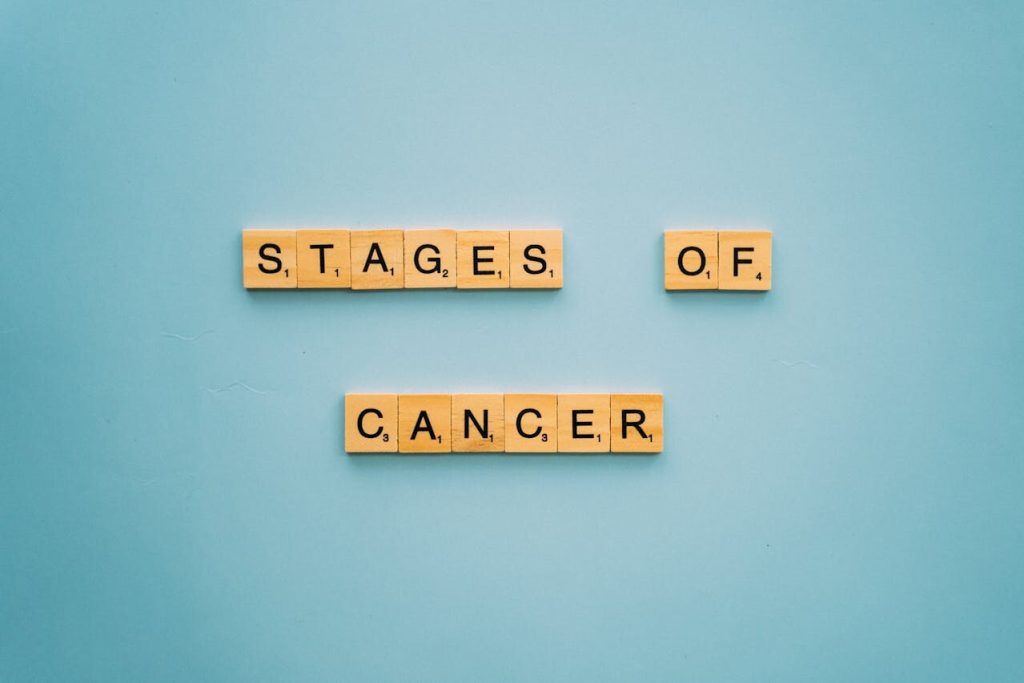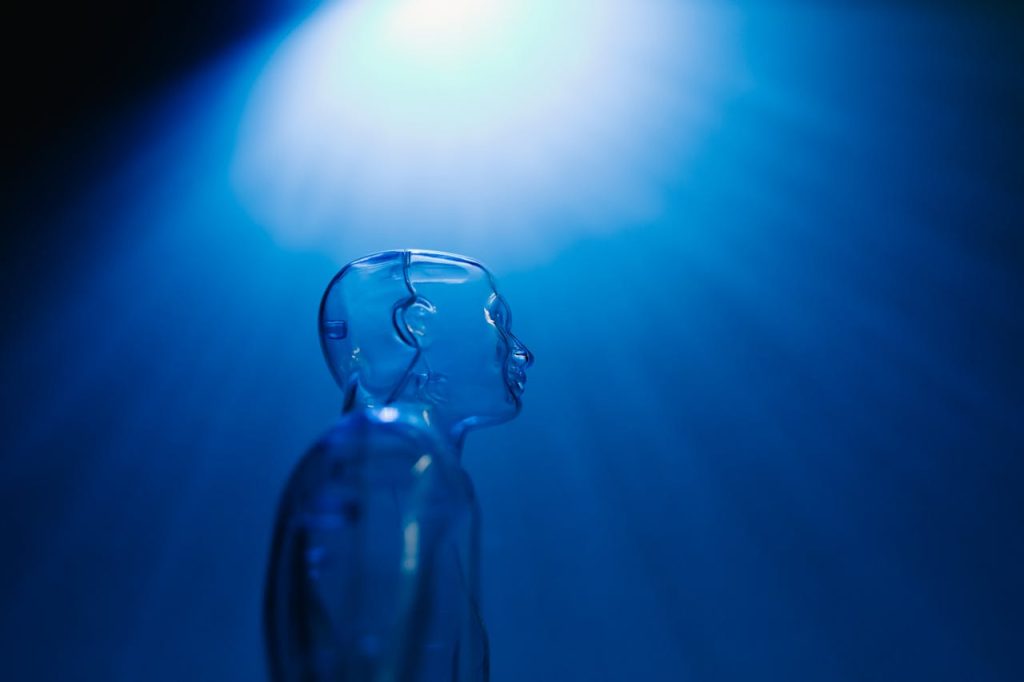If you or someone you know has been diagnosed with leukemia, it is important to understand the various symptoms that may arise from the condition. One such symptom that leukemia patients may experience is a skin rash. This article will delve into what leukemia rash is, its different types, common symptoms, and causes. It will also discuss the importance of early detection, diagnosis, and treatment to effectively manage and improve the quality of life of leukemia patients with this condition.
Understanding Leukemia Rash Types
Leukemia rash appears differently depending on the type of leukemia and individual patient factors. However, there are two major types of leukemia rash- petechiae and ecchymosis.
Petechiae
Petechiae are tiny red or purple spots that appear on the skin due to the buildup of platelets and other white blood cells. Petechiae rash usually does not itch or cause discomfort, but they can signal underlying medical conditions such as leukemia. They may also appear in the mouth or eyes.
The rash may be widespread and can indicate a severe medical emergency, so any sudden onset of petechiae rash should prompt the immediate request of medical attention.
Ecchymosis
Ecchymosis is another type of rash associated with leukemia, characterized by larger, dark purple or blue areas on the skin. These bruises occur when the superficial blood vessels leak, allowing blood to pool under the skin.
Ecchymosis rash can be painful and may be caused by a lack of platelets in the blood or clotting factors, which normally prevents bruising caused by injuries.
Leukemia patients with ecchymosis rash may also experience joint pain and swelling, fatigue, and fever.
It is crucial to contact a medical professional when the rash suddenly appears, or if an existing rash fails to heal or increases in size or pain.
Common Symptoms of Leukemia Rash
Leukemia rash is characterized by various symptoms that can vary depending on the type and severity of the condition. Some of the common symptoms of leukemia rash include:
- Small red or purple spots on the skin
- Flat or raised blotches on the skin
- Bruising easily
- Itching or burning sensation in the affected area
- Discoloration of the skin
It’s important to note that not everyone with leukemia will develop a rash. However, if you are experiencing any of the above symptoms, it’s crucial to seek medical attention promptly.
Causes of Leukemia Rash
Leukemia rash is caused by the overproduction of abnormal white blood cells, which can interfere with the skin’s normal functioning. The accumulation of these cells underneath the skin surface can lead to a rash that is often seen in leukemia patients.
There are various types of leukemia, including acute myeloid leukemia (AML), chronic lymphocytic leukemia (CLL), and acute lymphoblastic leukemia (ALL), among others. Different types of leukemia may manifest in different ways, but leukemia rash can be a common symptom across all types.
In addition to leukemia, other medical conditions can also cause a rash that can be similar to leukemia rash. These include infections, autoimmune disorders, and drug reactions. Therefore, it is important for healthcare professionals to conduct a thorough medical examination to confirm the diagnosis.
Diagnosis of Leukemia Rash
The diagnosis of leukemia rash is a critical step in managing this skin manifestation effectively. Doctors and healthcare professionals may use several methods to diagnose leukemia rash in patients, such as physical examinations, medical history, and laboratory tests.
During the physical examination, the doctor may check the patient’s skin for any rash or discoloration. They may also take a biopsy or a small skin sample to examine it under a microscope. This process can help detect any abnormal cell growth, which could indicate leukemia.
| Diagnostic Test | Description |
|---|---|
| Bone Marrow Biopsy | A procedure where a small sample of bone marrow is collected and examined under a microscope to check for leukemia cells |
| Blood tests | A complete blood count (CBC) can help detect abnormal levels of white blood cells, which is a hallmark of leukemia |
In some cases, a doctor may also recommend further tests, such as imaging tests like X-rays or CT scans to check for any enlarged lymph nodes or abnormalities in the organs. If a patient is diagnosed with leukemia rash, the doctor may refer them to a specialist, such as a dermatologist, oncologist, or hematologist.
Importance of Prompt and Accurate Diagnosis
Early diagnosis of leukemia rash is crucial for effective treatment and management. If left untreated, leukemia can progress and lead to more severe health complications. Additionally, other medical conditions, such as infections or allergic reactions, can cause a similar rash, further highlighting the importance of accurate diagnosis. If a patient experiences any symptoms associated with leukemia rash, they should seek prompt medical attention to receive a proper diagnosis and treatment plan.
Treating Leukemia Rash
Managing leukemia rash involves treating the underlying cause of the rash while also addressing the discomfort and symptoms that may arise. It’s important to seek medical attention promptly for appropriate assessment and diagnosis before treatment can be recommended.
Medical Treatment
Depending on the severity of the rash and any underlying conditions, medical treatments may include:
| Treatment | Description |
|---|---|
| Chemotherapy | A medication treatment used to kill cancer cells. Given orally or through intravenous (IV) administration. |
| Corticosteroids | A medication that has anti-inflammatory properties. Reduces itching and inflammation. Given orally or topically. |
| Antibiotics/Antifungals | Used to control related bacterial or fungal infections that may accompany leukemia. |
Self-Care Tips
Along with seeking medical attention, patients can take various measures to alleviate symptoms and improve their overall skin health:
- Keep the skin clean and dry.
- Avoid using harsh soaps or chemicals that may further irritate the skin.
- Use mild moisturizers to soothe dry, flaky skin.
- Avoid exposing the skin to extreme temperatures or sunlight.
- Wear loose-fitting, comfortable clothing made of breathable fabrics like cotton.
- Avoid scratching the affected area to reduce the risk of infection.
- Monitor the rash closely, and report any changes or worsening to your healthcare provider.
It’s important to note that self-treatment should not substitute seeking medical attention in cases of severe rashes or symptoms.
Leukemia Rash in Adults
Leukemia rash is a well-known and concerning symptom of leukemia in adults, and it can be a sign of an underlying issue. It is important for adults to understand how to recognize leukemia rash and seek early medical attention, as it can be indicative of the cancer’s progression.
The rash commonly appears as red or purple dots on the skin, but it can also manifest as pinpoint marks or patches. In adults, leukemia rash can be found mostly on the legs and upper body, including the chest and arms. As the condition progresses, the rash can spread across the body.
Adults with leukemia rash may also experience other symptoms, such as fever, fatigue, and weight loss. It is crucial for any individual experiencing these symptoms to seek medical attention immediately.
| Signs and Symptoms | Location |
|---|---|
| Red or purple dots or patches | Legs and upper body (chest and arms) |
| Pinpoint marks or patches | Legs and upper body (chest and arms) |
| Other symptoms: fever, fatigue, weight loss | N/A |
Leukemia Rash in Children
Leukemia rash can also affect children, and it is essential to diagnose and treat the condition promptly to prevent complications. Children’s leukemia rash manifestation can slightly differ from adults, and parents should be aware of the following important details:
- Leukemia rash in children can appear as small red dots or larger patches.
- The rash usually appears on the child’s back, chest, arms, and legs.
- Children with acute lymphoblastic leukemia are more likely to develop leukemia rash than those with acute myeloid leukemia.
Diagnosing leukemia rash in children can be more challenging than in adults, as the symptoms can easily be mistaken for other common childhood skin conditions. However, parents should take their child to see a doctor if they notice any unusual skin changes or persistent rashes.
Early diagnosis and treatment are essential to prevent complications and improve the child’s overall health and well-being. Treatment may involve chemotherapy, immunotherapy, or steroid medications, and the child’s doctor will develop a personalized treatment plan based on their age, overall health, and the severity of the leukemia rash.
Prevention of Leukemia Rash
Leukemia rash is a challenging condition that requires prompt medical attention and ongoing management. While there is no guaranteed prevention for leukemia rash, there are some measures leukemia patients can take to reduce the likelihood and severity of the rash.
Maintain Good Skin Hygiene
Leukemia patients are encouraged to maintain good skin hygiene to reduce the risk of infection and help prevent the overgrowth of skin cells. This can include regularly washing the skin with a mild soap and applying moisturizer to prevent dryness.
Wear Loose-Fitting Clothing
Tight-fitting clothing can increase the risk of rashes and skin irritation. Leukemia patients are advised to wear loose-fitting clothing made from breathable materials that minimize skin friction and allow for greater air circulation.
Protect Skin from the Sun
Leukemia patients should take steps to protect their skin from excessive sun exposure, which can trigger or aggravate the rash. This can include wearing protective clothing, such as long-sleeved shirts and wide-brimmed hats, and using a broad-spectrum sunscreen with an SPF of at least 30.
Manage Stress
Stress can weaken the immune system and trigger autoimmune responses that can lead to skin rashes. Leukemia patients are encouraged to manage their stress levels through relaxation techniques, such as meditation and deep breathing exercises.
Follow Your Doctor’s Recommendations
Leukemia patients should follow their doctor’s recommendations for managing the condition and any associated symptoms, including the rash. This can include taking medications as prescribed, attending regular check-ups, and monitoring their skin for any changes or unusual symptoms.
Coping with Leukemia Rash – Patient Perspectives
Living with leukemia rash can be challenging for patients, both physically and emotionally. However, with the right approach and mindset, patients can take steps to manage the condition effectively and improve their quality of life.
Self-Care
Many patients find that implementing a regular self-care routine can help manage their leukemia rash symptoms. This may include gently washing the affected areas with unscented soap and water, moisturizing regularly, and avoiding triggers such as extreme temperatures and harsh chemicals.
“I found that keeping my skin moisturized helped a lot with the itching and discomfort,” says leukemia patient Sarah. “I also try to avoid wearing tight clothing or anything that rubs against my skin.”
Support from Family and Friends
For many leukemia patients, having a strong support system can make all the difference in coping with the condition. Friends and family members can provide emotional support and encouragement, offer practical help with household tasks, and serve as a sounding board for concerns and fears.
“My husband has been my rock throughout this entire experience,” says leukemia patient Tom. “He’s always there to listen and offer support, even on the toughest days.”
Professional Help
While self-care and support from loved ones can be helpful, it’s essential to seek professional help for leukemia rash symptoms. A dermatologist or other medical professional can provide a proper diagnosis and develop an effective treatment plan.
“Don’t be afraid to speak up if you’re experiencing symptoms,” says leukemia patient Rachel. “Getting professional help early on can make all the difference in managing the condition.”
By adopting healthy self-care habits, seeking support from loved ones, and reaching out to healthcare professionals, leukemia patients can effectively manage their rash symptoms and improve their overall quality of life.
Frequently Asked Questions (FAQ) about Leukemia Rash
Leukemia rash can be a challenging condition to manage. Patients and caregivers alike often have questions and concerns about this condition. Here are some of the most frequently asked questions about leukemia rash.
Q: What are the common symptoms of leukemia rash?
A: The most common symptoms of leukemia rash include red spots on the skin, itching, and discoloration. It is important to seek medical attention if you experience these symptoms to ensure proper diagnosis and treatment.
Q: Can leukemia rash be prevented?
A: While there is no surefire way to prevent leukemia rash, patients can take steps to manage it effectively. This includes practicing good skin care and following your doctor’s recommended treatment plan.
Q: How is leukemia rash diagnosed?
A: Diagnosis of leukemia rash typically involves a physical exam and medical history review. Your doctor may also perform a skin biopsy or blood test to confirm the diagnosis.
Q: What are the available treatment options for leukemia rash?
A: Treatment for leukemia rash depends on the severity of the condition. Mild cases may be treated with topical creams and ointments, while more severe cases may require oral medication or other forms of treatment. It is important to follow your doctor’s recommended treatment plan closely.
Q: Can leukemia rash cause long-term effects?
A: In most cases, leukemia rash is a temporary condition that can be managed with proper treatment. However, in some cases, the rash can cause scarring or other long-term effects. It is important to seek medical attention promptly if you experience any persistent or concerning symptoms.
Q: What should I do if I suspect I have leukemia rash?
A: If you experience symptoms of leukemia rash, such as red spots, itching, or discoloration, it is important to seek medical attention promptly. Contact your primary care physician or dermatologist for an evaluation and treatment plan.
Q: Can children develop leukemia rash?
A: Yes, children can develop leukemia rash. It is important to seek medical attention promptly if your child exhibits symptoms of the condition.
Q: Is leukemia rash contagious?
A: No, leukemia rash is not contagious.






